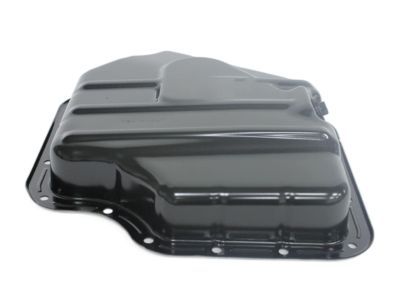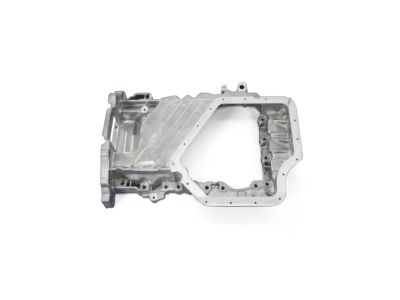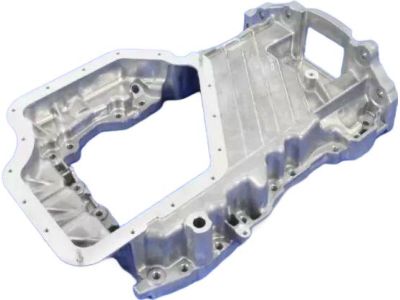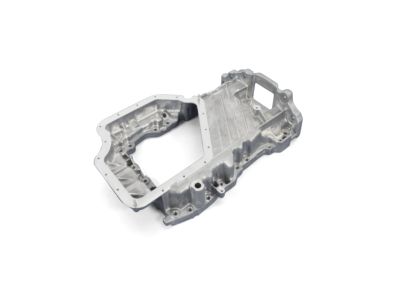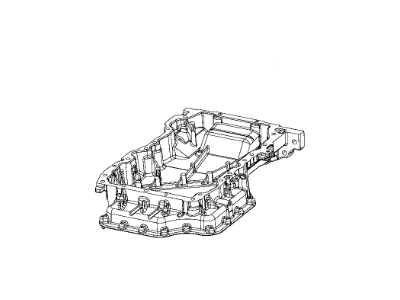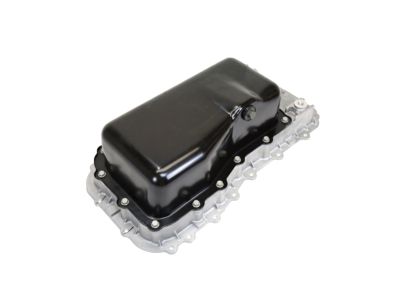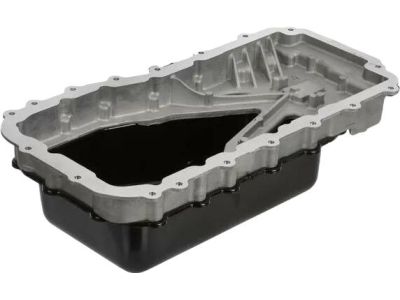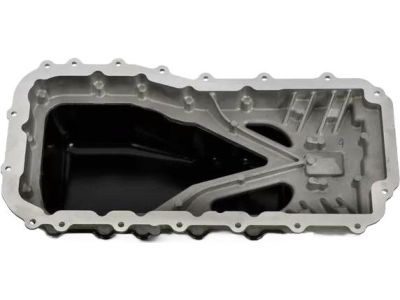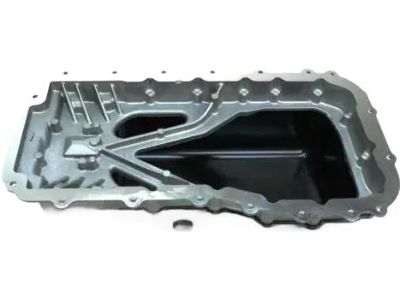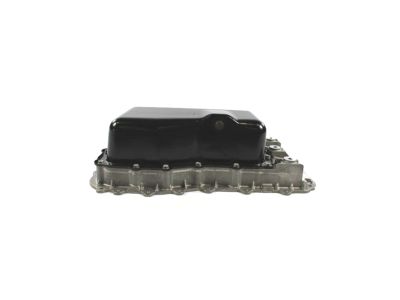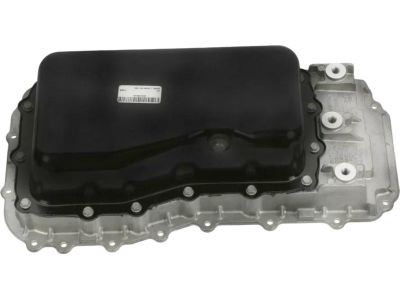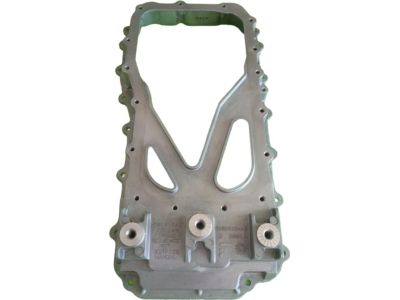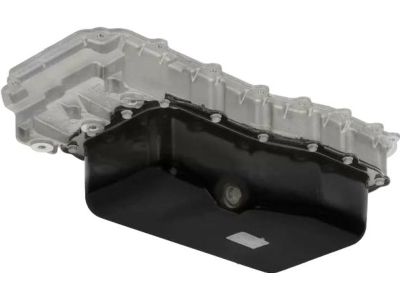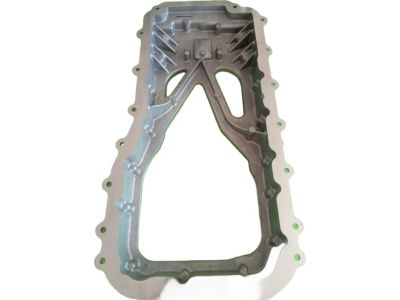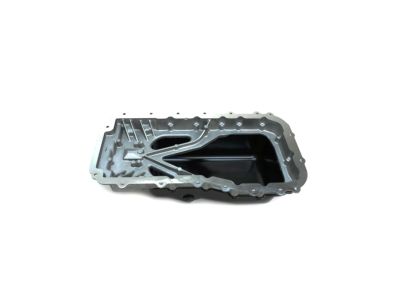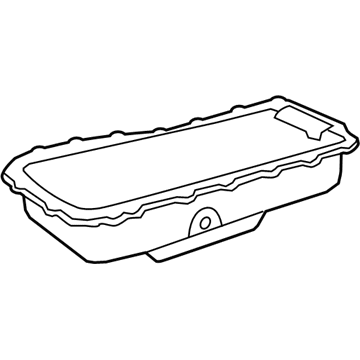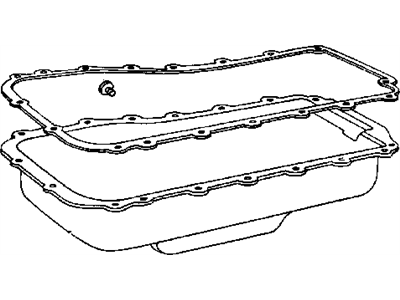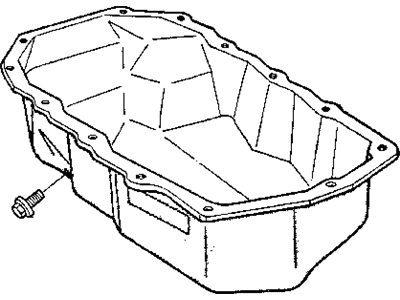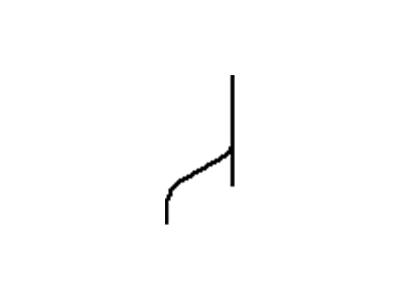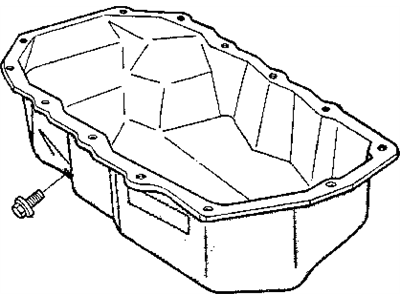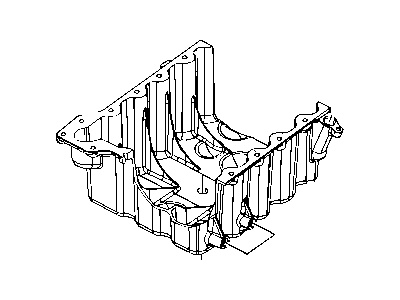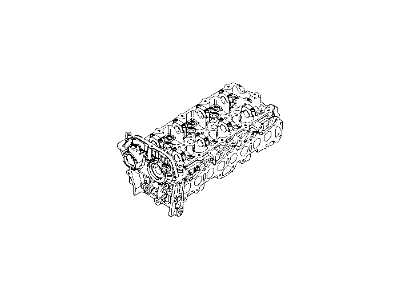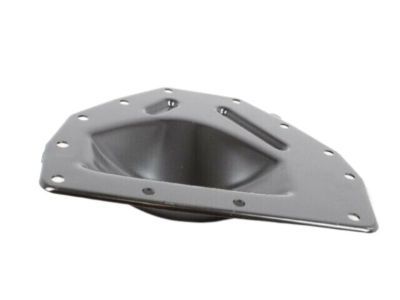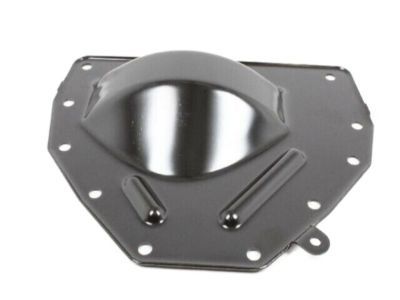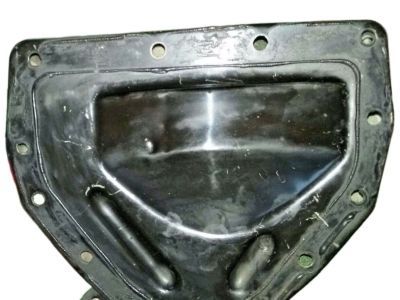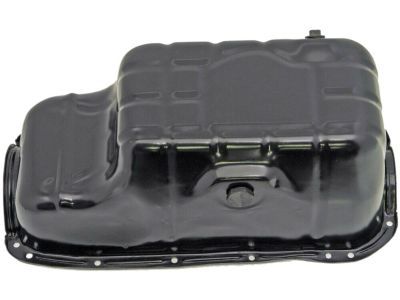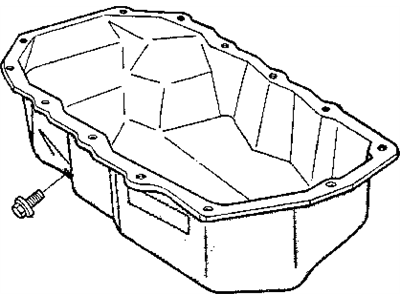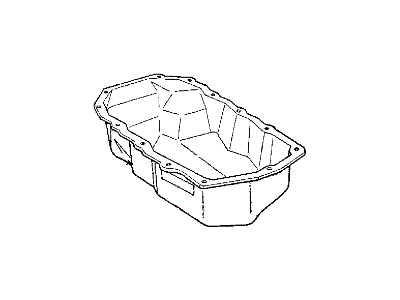
My Garage
My Account
Cart
Genuine Dodge Grand Caravan Oil Pan
Oil Drain Pan- Select Vehicle by Model
- Select Vehicle by VIN
Select Vehicle by Model
orMake
Model
Year
Select Vehicle by VIN
For the most accurate results, select vehicle by your VIN (Vehicle Identification Number).
21 Oil Pans found

Dodge Grand Caravan Pan-Engine Oil
Part Number: 5184404AF$141.75 MSRP: $214.00You Save: $72.25 (34%)
Dodge Grand Caravan Pan-Engine Oil
Part Number: 68051597AD$297.71 MSRP: $450.00You Save: $152.29 (34%)
Dodge Grand Caravan Pan-Engine Oil
Part Number: 4648930AA$97.16 MSRP: $202.00You Save: $104.84 (52%)Dodge Grand Caravan Pan-Engine Oil
Part Number: 4694525AC$281.78 MSRP: $403.00You Save: $121.22 (31%)Dodge Grand Caravan Pan-Engine Oil
Part Number: 4694525AB$266.49 MSRP: $403.00You Save: $136.51 (34%)Dodge Grand Caravan Pan-Oil-Complete
Part Number: 4621492$145.40 MSRP: $185.02You Save: $39.62 (22%)Dodge Grand Caravan Pan-Engine Oil
Part Number: 68031443AA$297.79 MSRP: $440.00You Save: $142.21 (33%)Dodge Grand Caravan Pan-Engine Oil
Part Number: 68158356AA$357.96 MSRP: $525.00You Save: $167.04 (32%)
| Page 1 of 2 |Next >
1-20 of 21 Results
Dodge Grand Caravan Oil Pan
The Oil Pan of the Dodge Grand Caravan is this component that acts as a receptacle for the motor oil in order to provide effective regulation of the temperatures in the engine compartment as well as providing lubrication to the required parts. A wet sump design is used and the oil is deposited in the oil pan which is drawn by the pickup tube through the oil pump and then circulated within the engine before it returns into the oil pan. This design enables the Dodge Grand Caravan to be able to perform well with respect to the requirement of the engine while in operation. Past models of Dodge Grand Caravan employed stamped steel for making an oil pan while the current models use cast aluminum to increase the durability of the product and efficiency of its operations. Although its role stays rather fixed across models, there have been strides in the materials used in constructing the oil pan as well as the design which enhances oil flow and minimises leakage ensure adequate lubrication for the engine of the Dodge Grand Caravan.
Looking for affordable and high-quality auto parts? Then you have already arrived at the proper online shop. We offer all Dodge Grand Caravan Oil Pan at great affordable prices. Moreover, all genuine Dodge Grand Caravan Oil Pan come with a manufacturer's warranty. In the long run, you would realize you have saved a lot of trouble and money with OEM parts from here.
Dodge Grand Caravan Oil Pan Parts Questions & Experts Answers
- Q: How do you properly replace the oil pan and gasket in 2.5L four cylinder engine on Dodge Grand Caravan?A:Warm up the engine, then drain the oil and replace the oil filter. Detach the cable from the negative battery terminal. Raise the vehicle and support it securely on jackstands. Remove the bolts securing the oil pan to the engine block. Tap on the pan with a soft-face hammer to break the gasket seal, then detach the oil pan from the engine, avoiding prying between the block and oil pan mating surfaces. Use a gasket scraper to remove all traces of old gasket or sealant from the engine block and oil pan, and remove the seals from each end of the engine block or oil pan. Clean the mating surfaces with lacquer thinner or acetone, ensuring the threaded bolt holes in the block are clean. Clean the oil pan with solvent and dry it thoroughly, checking the gasket flanges for distortion, particularly around the bolt holes. If necessary, place the pan on a block of wood and use a hammer to flatten and restore the gasket surfaces. Install new seals in the retainers at the front and rear of the engine block, applying a 1/8-inch wide bead of RTV sealant to the oil pan gasket surfaces and continuing the bead across the end seals, ensuring the sealant is applied to the inside of the bolt holes. Carefully place the oil pan in position, then install the bolts and tighten them in 1/4-turn increments to the specified torque, starting with the bolts closest to the center of the pan and working out in a spiral pattern, avoiding overtightening to prevent leakage. Finally, add oil, run the engine, and check for oil leaks.
Related Dodge Grand Caravan Parts
Browse by Year
2020 Oil Pan 2019 Oil Pan 2018 Oil Pan 2017 Oil Pan 2016 Oil Pan 2015 Oil Pan 2014 Oil Pan 2013 Oil Pan 2012 Oil Pan 2011 Oil Pan 2010 Oil Pan 2009 Oil Pan 2008 Oil Pan 2007 Oil Pan 2006 Oil Pan 2005 Oil Pan 2004 Oil Pan 2003 Oil Pan 2002 Oil Pan 2001 Oil Pan 2000 Oil Pan 1999 Oil Pan 1998 Oil Pan 1997 Oil Pan 1996 Oil Pan 1995 Oil Pan 1994 Oil Pan 1993 Oil Pan 1992 Oil Pan 1991 Oil Pan 1990 Oil Pan 1989 Oil Pan 1988 Oil Pan 1987 Oil Pan
